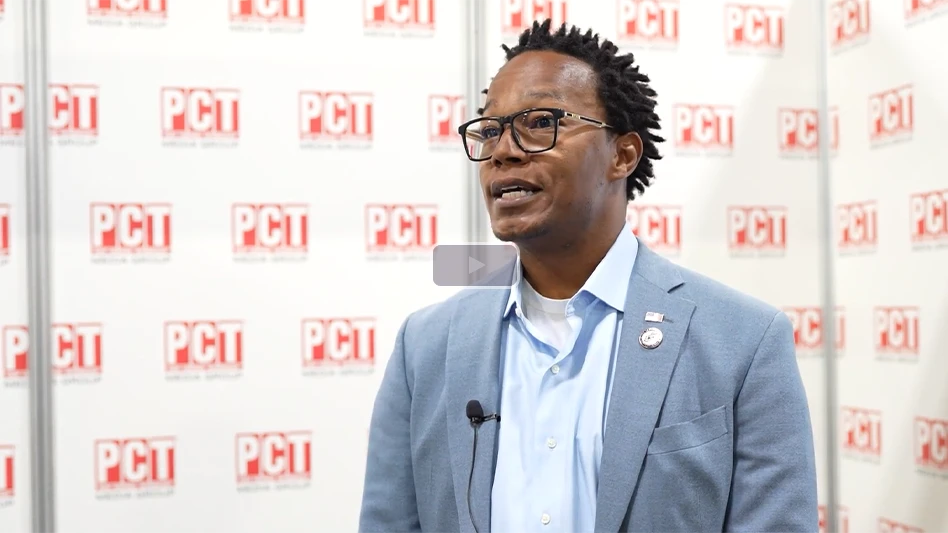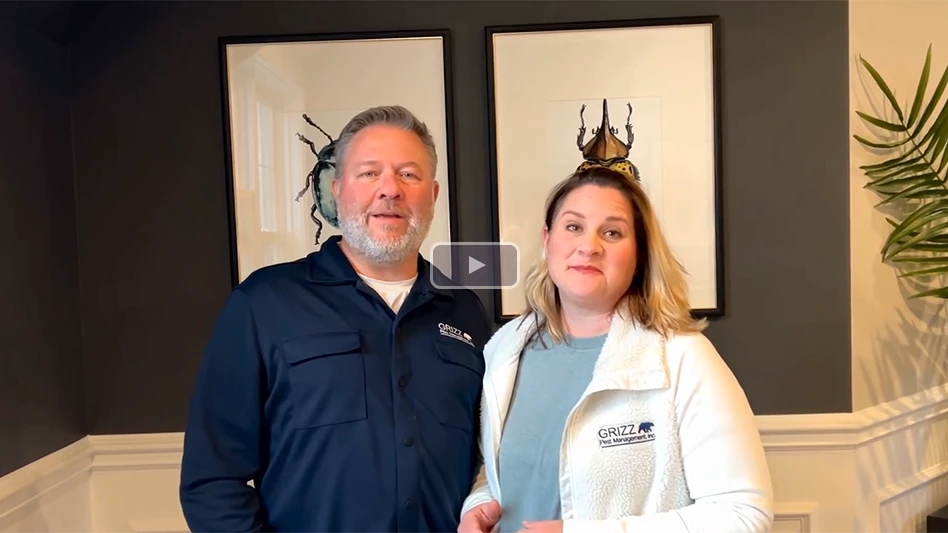Among the wide range of arthropods entering the home as nuisance pests, spiders are a common complaint requiring professional pest control services. These pests require a solid plan to keep them outside where they belong. Implementing an Integrated Pest Management spider control strategy by reducing conducive conditions is key to gaining control.
First and foremost it’s important to understand spiders. While the specific biology and habits of each species differs, all spiders are predatory and typically feed on small insects. Some spiders are categorized as sedentary web-builders that rely on prey becoming entangled in a sticky web, while others are stealthy, efficient hunters that move about in search of prey.
Spiders are often grouped according to their food-gathering method. These species categories include web builders (i.e., funnel web, orb-weavers or cellar spiders), passive hunters (i.e., crab, brown recluse or tarantula spiders) and active hunters (i.e., jumping and wolf spiders). With the exception of a few medically important species, this predatory habit of spiders makes them beneficial to homeowners because they reduce the number of insects that enter our living spaces. Without the predatory activities of spiders, we would be overrun with insect problems.
There are a few spider species that cause serious health concerns. These include brown recluse (Loxosceles reclusa), black widow (Latrodectus mactans) and aggressive house (Tegenaria agrestis). These spiders, as well as a few others, pose potentially serious health problems if a bite occurs. (Refer to the references on page 86 that address the medical consequences and treatment for these spiders.)
Spiders are attracted to a home by their food source: insects. Their search for prey often leads them to structures, either indoors or structural perimeters. To survive, spiders also need shelter and homes provide ample opportunities for spiders to set up residence. In some climates, moisture is a critical factor that encourages spiders to dwell in or around buildings. Eliminating the conducive conditions presented by food, shelter and water is an important part of a long-term spider management strategy.
LIMITING CONDUCIVE CONDITIONS. Following is a list of tips for reducing spider-conducive conditions, particularly food and harborages.
1. Manage Outdoor Lighting. Outdoor lighting is usually positioned for security purposes, but insects that occur around structural entry points are influenced by lighting type and installation. Because insects tend to rest on surfaces that are lit or are within a few feet of light source fixtures, spiders are also drawn to these areas in search of prey.
Light sources that radiate ultraviolet energy and blue light are most attractive to flying insects, while lights with a deficiency of ultraviolet and blue are less attractive. Insects see fluorescent blacklights, mercury, and metal halide best. Insects have a difficult time seeing incandescent, high-pressure sodium and bug light incandescent (yellow) lamps.
Position lighting to minimize lit surfaces close to windows and doors so spiders and insect prey are not directed towards structural entry points. Spot spray lit surfaces and around the bases of light sources with a residual insecticide.
2. Seal Entryways. Spiders find entry into structures around doors, windows, utility piping, soffit vents, weep holes in masonry and other openings. Where possible, seal these entry points by caulking, repairing vent components, replacing weather-stripping, and placing screen or air-permeable material in weep holes. Many pest management professionals offer services that include pest entry point reduction as part of their overall IPM program.
3. Reduce Clutter. Spiders and their insect prey thrive on the multitude of harborage opportunities afforded by cluttered storage areas such as garages, storerooms, attics or laundry rooms. Boxes in attics are a common harborage for brown recluse and other spiders. PMPs have little control over clutter but can encourage the home or business owner to improve the situation. Tips include removing clutter and organizing stored materials on wall shelving, off the floor. This allows PMPs to access the floors to apply a crack and crevice treatment and distribute sticky traps.
4. Remove Webs. Removing webs with a vacuum or a "Webster" can be a very effective procedure for reducing spider problems. Not only does web removal eliminate the unsightly web itself, many spiders are removed in the process. Web removal is a quick means to show the customer that your service is having an effect.
5. Monitor with Sticky Traps. The use of sticky traps for monitoring and control of spiders is extremely helpful in managing spider problems, particularly spiders that are passive hunters, such as the brown recluse. If sufficient traps are placed in strategic locations, a significant portion of the spider population can be removed from a limited area. This may be a key control tool for pest management professionals in chemically sensitive accounts or areas where insecticides cannot be used. For some accounts, sticky traps are useful for monitoring before and after service to document the effectiveness of your service.
CHEMICAL CONTROLS. For optimum spider control, many PMPs use a microencapsulated pyrethroid insecticide (like Demand CS or EZ with iCAP technology). The microcaps encase the active ingredient (AI), allowing release of the AI in a slow, controlled manner. These capsules adhere well to the spider legs and webs, reaching the target pest. The microcaps also maintain their shape longer, ensuring that the product maintains effectiveness on porous surfaces longer, even when exposed to outdoor conditions. Research has shown that spiders tend to be more tolerant of insecticides than many other arthropods and that microcap formulations are more effective than other formulations of the same insecticide.
To gain control, apply a microencapsulated pyrethroid insecticide as a spot spray, a crack and crevice application, or a perimeter exterior banded application. Because of the limited contact spiders have with treated surfaces, application technique and placement are important. Applications should be directed primarily at areas where spiders live or rest, rather than areas they transit.
CONCLUSION. Spiders constitute a large, diverse group that is largely beneficial. Control of spiders requires an understanding of the spider species to design the most appropriate IPM strategy.
The author is a technical manager for Syngenta. He holds a Ph.D. in entomology from Virginia Tech. E-mail him at bcartwright@giemedia.com.
*****
IPM steps for spider control
1. Thorough inspection and monitoring
2. Species identification
3. Use of non-chemical methods
4. Selective use of insecticides
*****
Areas To Target For Effective Control Of Spiders Include...
- Corners of windows, closets or rooms where web-building spiders frequent.
- Unfinished basements and crawlspaces, at corners, floor/wall junctures or sill plate/header areas.
- Attached garages, targeting especially the ceiling-wall juncture above the overhead garage door.
- Active webs or around harborages in attics. Care should be taken not to direct sprays onto stored materials. Instead, treat the attic flooring or structural components around stored items.
- Entry points around windows, doors and utility penetrations or weep holes.

Explore the July 2010 Issue
Check out more from this issue and find your next story to read.
Latest from Pest Control Technology
- MGK Announces EPA Registration of Botanical Active Ingredient Veratrine
- Termite Control Sales Strategies
- NPMA Announces ELP Class of 2025
- Termite Control Tools and Equipment for PMPs
- Choe Reviews Drywood Termite Geographical Hotspots, Latest Research Findings
- Mosquito Squad Announces Rebranding to Mosquito Squad Plus
- Pest Control Equipment: If it’s Critical, Back it Up!
- In Memoriam: Marybeth Wonson





